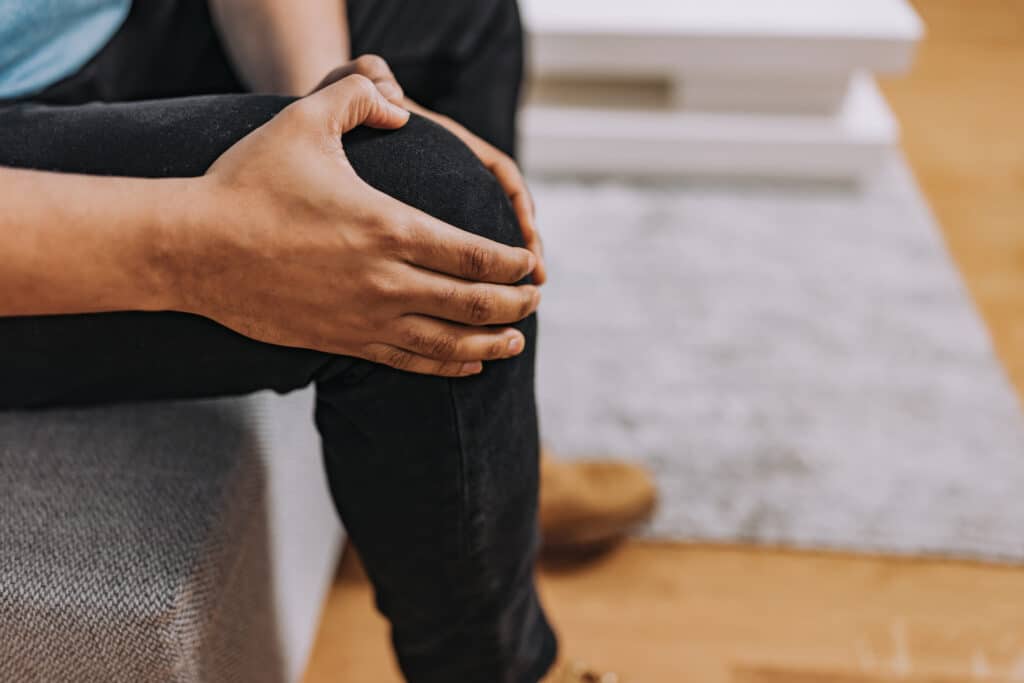
Knee bursitis can be a painful and frustrating condition that affects many people. This condition occurs when one or more of the small fluid-filled sacs in your knee joint, known as bursae, become inflamed. Knee bursitis can cause pain, swelling, stiffness, and limited mobility in the affected knee. Many patients with knee bursitis often wonder if their pain is worse at night. In this blog post, we will explore whether knee bursitis hurts more at night and what you can do to alleviate your symptoms.
Causes of Knee Bursitis: Before diving into whether knee bursitis hurts more at night, it’s important to understand what causes this condition in the first place. Knee bursitis can be caused by various factors such as overuse or repetitive stress on the knee joint, direct trauma or injury to the knee, or prolonged kneeling. Certain medical conditions such as gout and rheumatoid arthritis can also increase your risk of developing knee bursitis.
Symptoms of Knee Bursitis: The symptoms of knee bursitis vary from person to person but may include pain and tenderness around the affected area, swelling and redness around the joint, stiffness or limited range of motion in the affected knee joint, and a warm sensation around the joint due to inflammation.
Does Knee Bursitis Hurt More at Night? While there is no definitive answer to whether knee bursitis hurts more at night or during the day since every patient’s experience is different; many patients report experiencing increased pain at night due to several factors such as changes in sleeping positions that put pressure on the affected area, fluid accumulation in the joints while lying down for extended periods of time leading to increased swelling and discomfort.
Treatment Options for Knee Bursitis: Fortunately, there are several treatment options available for knee bursitis that can help alleviate your symptoms and get you back to your daily activities. Your doctor may recommend rest, ice therapy, compression bandages, and over-the-counter pain relievers such as ibuprofen or acetaminophen to manage your pain. In some cases, physiotherapy or injections may be necessary to promote healing and improve joint mobility.
Seeking Professional Help: If you’re experiencing persistent knee pain that interferes with your daily life activities, it’s important to seek professional help from a physiotherapist or chiropractor who can evaluate your condition and provide individualized treatment options tailored to your needs. They can also offer advice on how to prevent future flare-ups of knee bursitis by recommending exercises that strengthen the muscles surrounding your knee joint.
In conclusion, knee bursitis is a painful condition that affects many people but does not necessarily hurt more at night than during the day. However, changes in sleeping positions and prolonged periods of lying down can aggravate symptoms leading to increased discomfort while resting. If you’re experiencing persistent knee pain due to bursitis, seeking professional help from a physiotherapist or chiropractor can provide you with effective treatment options tailored to your needs and help relieve your symptoms so you can get back to doing what you love!
If you have any questions or would like to explore further, please book a free, no-charge online appointment with either myself, Nitin Nair, BPT, R/TRO DIP, PT, or another Kitchener physiotherapist at CARESPACE. We are happy to listen and are here to help!

